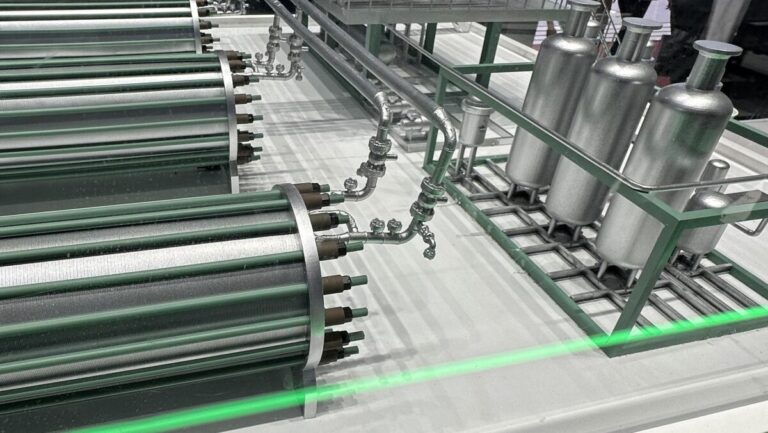The Oxford Institute for Energy Studies says tackling hydrogen leakage across the supply chain is crucial to making hydrogen a sustainable energy vector. Italy, meanwhile, has unveiled its national hydrogen strategy, focusing on its role in the Mediterranean.
The Oxford Institute for Energy Studies (OIES) said the effectiveness of hydrogen as a sustainable solution largely depends on addressing the environmental challenges posed by hydrogen leakage throughout the supply chain. “As hydrogen reacts with hydroxyl radicals, it extends the atmospheric life of methane, a potent greenhouse gas. In addition, hydrogen leakage contributes to ozone changes in the troposphere and stratosphere. With possible consequences for both human health and ecosystem stability,” said the energy research institute. “These indirect effects underscore the need for comprehensive leakage mitigation to maintain hydrogen’s environmental benefits.” The OIES said containment materials and real-time monitoring systems are among the innovations needed to reduce leakage. The institution also called for strong regulatory standards and economic incentives for low-leakage technologies for production, storage and distribution.
The Italian government has unveiled its national hydrogen strategy, which projects a modest role for hydrogen in the 2030 energy mix but emphasizes its long-term infrastructure potential. Scenarios estimate hydrogen demand between 75 TWh and 140 TWh by 2050. Investment forecasts vary depending on the scenarios: at 20% domestic production, €2 billion to €5 billion in electrolyzers and €10 billion to €20 billion in renewables (13 GW to 26 GW); in the event that 70% of hydrogen demand is covered by national production, €8 billion to €16 billion in electrolyzers and €35 billion to €70 billion in renewable energy sources (45 GW to 90 GW). Italy wants to position itself as a hydrogen transit hub, connecting North Africa and the Arabian Peninsula with Europe.
Air liquid said it will build, own and operate a new hydrogen production unit TotalEnergies’ La Mède site in southern France, with a capacity of 25,000 tons per year. “It will make it possible the production of renewable hydrogen from recycled biogenic by-products from TotalEnergies biorefinery, instead of using fossil hydrocarbons as raw materials. The renewable hydrogen produced will mainly be used by the biorefinery for the production of biofuels and sustainable air fuels (SAF),” said Air Liquide, adding that the facility should be operational in 2028.
RIC energy has obtained Environment Authorization (AAI) for its green hydrogen project H2-Valladolid in the municipality of Arroyo de la Encomienda, Spain. “The H2-Valladolid project consists of a 10 MW green hydrogen production plant that will operate thanks to renewable electricity generated by two nearby photovoltaic power stations. Also developed by RIC Energy and connected to the electricity grid. The factory will be developed in two phases of 5 MW each and will have a maximum production capacity of 1,500 tons of hydrogen per year,” the Spanish energy company said, adding that it is focusing on local demand from the transport and industrial sectors. However, the company did not report when it expected the opportunity to enter into business.
Axpo Nordic and Stegra have signed a power purchase agreement (PPA) to supply electricity to Stegra’s integrated green hydrogen, green iron and green steel production plant in Boden, Sweden. From 2027, Axpo Nordic will supply 2.25 TWh of electricity to Stetegra’s factory in Boden, northern Sweden, for three years.
This content is copyrighted and may not be reused. If you would like to collaborate with us and reuse some of our content, please contact: editors@pv-magazine.com.


